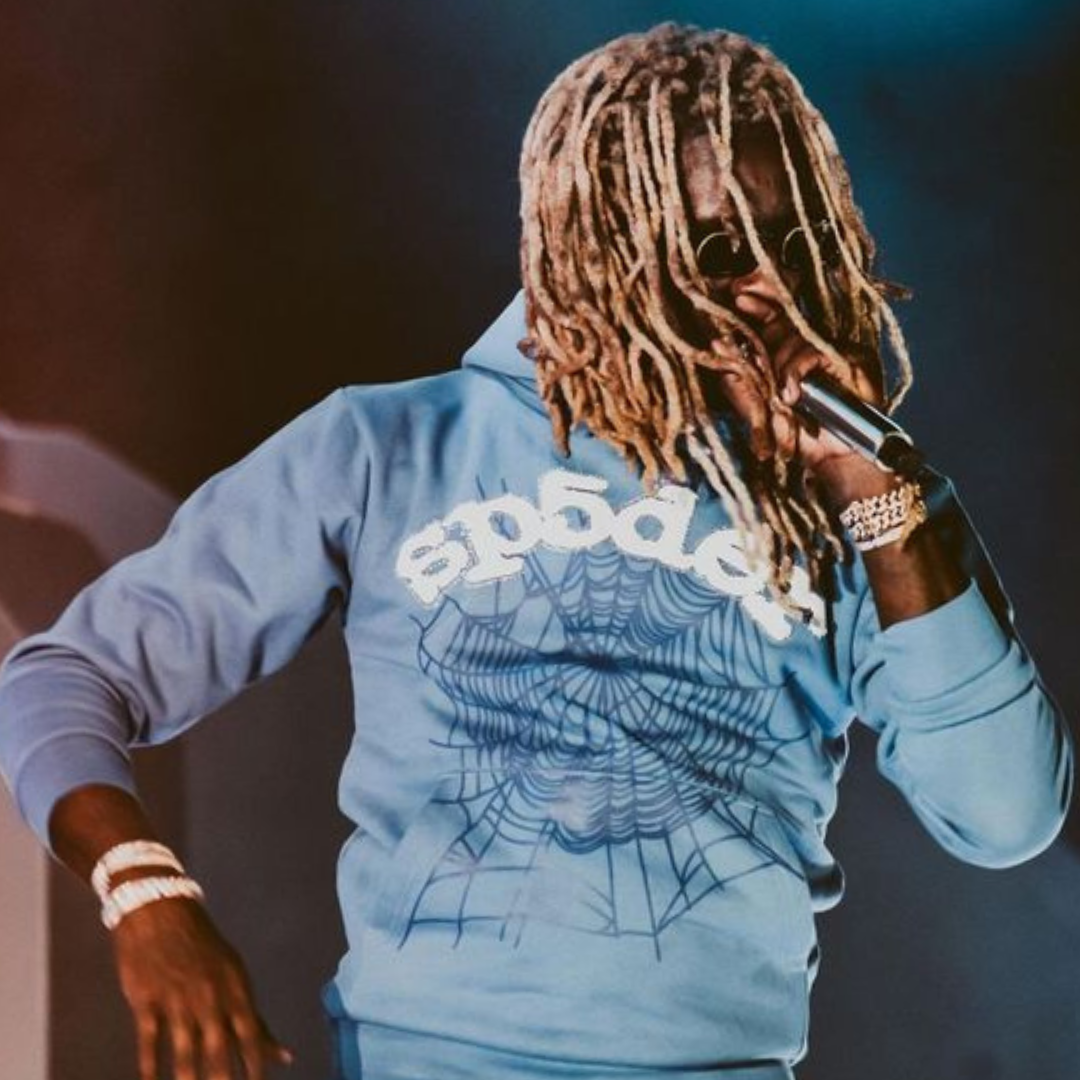The fashion industry has made notable strides toward embracing diversity and inclusion. Visit now https://sp5derhoodieshops.com/ From the runways to executive suites, there's a growing recognition of the importance of representing a broader spectrum of identities, cultures, and body types. However, despite these advancements, significant challenges persist, underscoring the need for continued commitment and action.
Progress on the Runway
The visibility of diverse models on the runway has improved. For instance, the Spring 2023 season saw a record 43.6% of models of color across major fashion capitals—New York, London, Milan, and Paris . Designers like Christian Siriano and brands such as Savage X Fenty have been lauded for featuring models of various sizes, ages, and ethnicities, challenging traditional beauty standards .
Moreover, the rise of gender-neutral fashion has gained momentum. Brands like Telfar and Balenciaga are creating collections that transcend traditional gender norms, offering clothing that caters to a spectrum of gender identities . This shift not only reflects societal changes but also empowers individuals to express themselves authentically.
Behind the Scenes: Leadership and Representation
While front-facing diversity has seen improvements, representation in leadership roles remains lacking. A report highlighted that only 9% of executive positions in the British fashion industry are held by people of color, and women occupy just 24% of these roles . This disparity extends to creative leadership, where appointments of individuals like Maximilian Davis at Ferragamo and Pharrell Williams at Louis Vuitton are exceptions rather than the norm
The underrepresentation is even more pronounced for Black women. At London Fashion Week, only two out of nearly sixty shows were by Black female designers, highlighting systemic barriers that persist in the industry .
Body Positivity and Size Inclusivity
Despite the body positivity movement's influence, size inclusivity on the runway has regressed. In the Spring/Summer 2025 season, only 0.8% of the 8,763 looks featured plus-size models, while 4.3% featured mid-size models . This decline raises concerns about the industry's commitment to representing diverse body types and promoting healthy body images
Cultural Representation and Avoiding Appropriation
The fashion industry has faced criticism for cultural appropriation. In response, there's a growing emphasis on cultural appreciation, with brands collaborating with artisans and designers from various backgrounds to ensure respectful and authentic representation . Such initiatives not only celebrate cultural richness but also foster deeper connections with diverse audiences.
The Role of Social Media and Consumer Advocacy
Social media platforms have become powerful tools for promoting diversity and holding brands accountable. Hashtags like #BlackLivesMatter and #TransIsBeautiful have galvanized communities to demand greater inclusivity . Consumers increasingly support brands that align with their values, making diversity not just a moral imperative but also a business one.
Economic Incentives for Inclusivity
Embracing diversity has tangible economic benefits. Companies in the top quartile for racial and ethnic diversity are 35% more likely to have financial returns above their industry medians . This correlation underscores that inclusivity can drive innovation, broaden market appeal, and enhance brand loyalty.
Conclusion
The fashion industry's journey toward genuine diversity and inclusion is ongoing. While progress is evident in certain areas, systemic challenges remain, particularly in leadership representation and size inclusivity. Addressing these issues requires sustained commitment, transparent practices, and a willingness to embrace change. By doing so, the industry can not only reflect the diverse world it serves but also thrive both culturally and economically.
